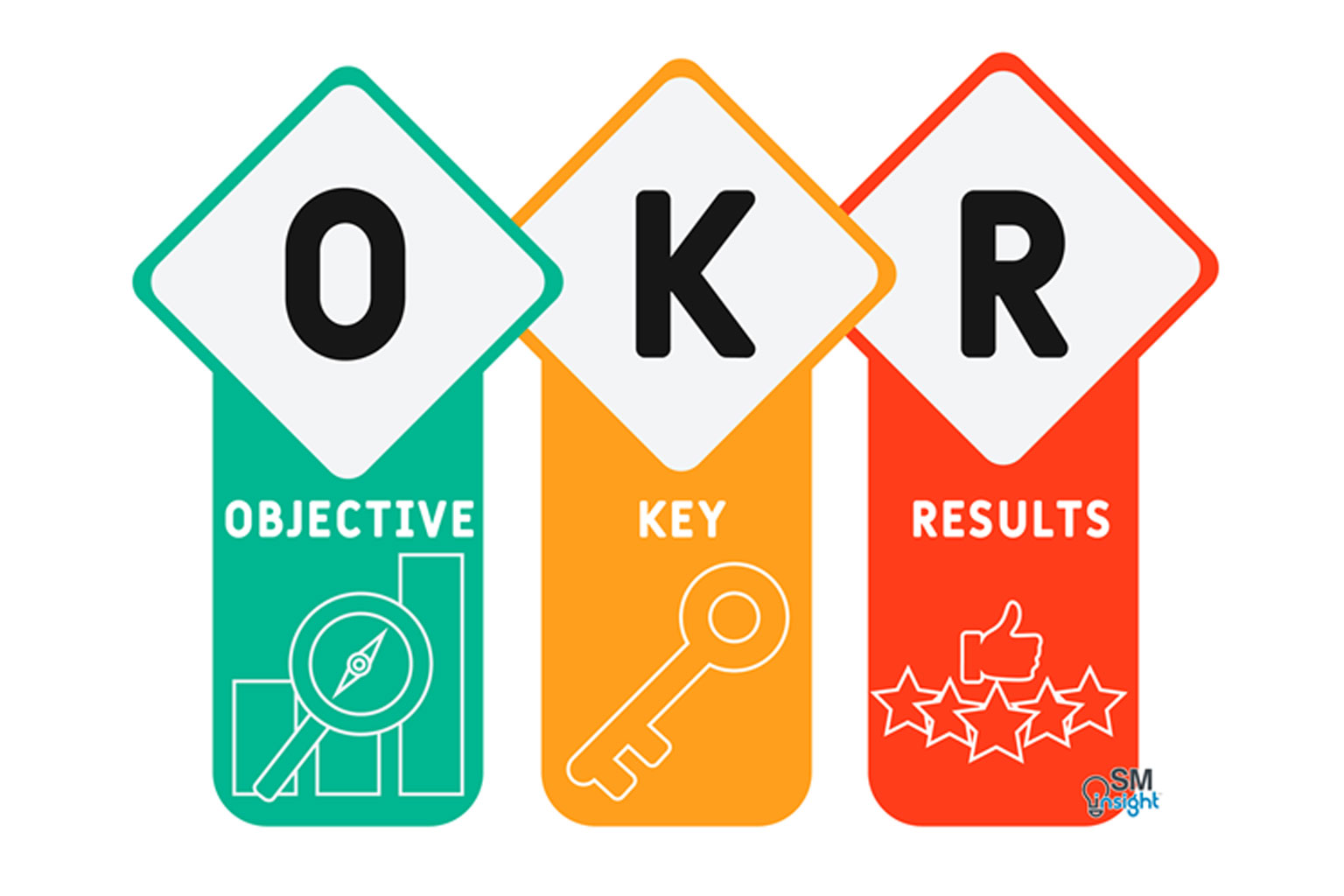The current business world is very dynamic and requires proper focus and alignment of companies to achieve growth. The application of objectives and key results (OKRs) is a strong strategy that is becoming popular. This goal-setting framework can assist the organization to establish high-ambitious but not unrealistic targets, monitor the progress, and make sure every member of the team also works towards the mission of the firm. With the power of OKRs, businesses will be able to grow faster, create healthier cultures, and get the best out of their most important resource, which is their people.
What Are Objectives and Key Results?

OKRs (objectives and key results) are an easy, but efficient way of setting and accomplishing goals. An objective is a clear and inspiring goal that gives the direction. The most important findings are the outcomes in the form of specific, measurable results that will show the movement towards the same goal. As an illustration, a company can have a goal of increasing customer satisfaction with objectives such as increasing Net Promoter Score 60 to 80 and reducing customer complaints by 30% in 6 months.
This framework makes goals ambitious, focused and measurable. When applied properly, the OKRs give all the members of the organization, including the leadership, managers, and individual contributors, a clear vision of what is most important.
Creating a Drive to Focus and Alignment Within the Organization
Alignment is one of the most critical tasks that companies have to deal with, as it is necessary to ensure that teams and individuals are on the same page. OKRs address this by connecting team and individual objectives to those of the company. This brings about top-down and bottom-up alignment.
As an example, the OKRs of a sales team can be on the basis of the growth of revenue in the new markets, which will contribute to the overall company goal of increasing market presence. Such a relationship inspires and encourages teams that possess a purpose and helps to be more focused on daily work that brings quantifiable change.
Empowering Agility and Continuous Improvement

As opposed to the traditional annual goal-setting, OKRs are often revised and re-evaluated- typically quarterly. This cadence ensures a sense of agility, which allows the companies to address the changes in the market, new opportunities, or unanticipated challenges quite fast.
Consistent check-ins and visibility of the progress of the OKR encourage unceasing learning and the correction of courses. It is seen that the teams of the company celebrate victories, detect obstacles on their path at the first stage, and change tactics to be sure that the pace toward the development is maintained.
Developing a Culture of Accountability and Engagement

Accountability is motivated by the clarity and visibility of OKRs. Employees will realize their personal role in the success of a business when the goals are clear and progress is monitored in an open manner.
This exposure is useful in generating interest. At all the levels, there is a feeling of satisfaction among employees at the attainment of meaningful goals, in line with the mission of the company. OKRs can help leaders give targeted coaching, applaud success and facilitate growth.
Examples of Real World OKR to Grow

The following are a few ways in which the companies could apply objectives and key results to achieve faster growth:
Objective: New market expansion.
- Key Result 1: Penetrate two new regional markets before the end of the year.
- Key Result 2: Attain 15% market share in new regions within six months.
- Key Result 3: Sign contracts with five new market large clients.
Objective: Improve product innovation.
- Key Result 1: Introduce three new features on products by the end of this quarter.
- Key Result 2: Grow R&D by 20%
- Key Result 3: Register four new patents on key innovations.
Objective: To enhance customer retention and satisfaction.
- Key Result 1: Customer retention rate to be increased by 85 to 92%.
- Key Result 2: Increase the average level of customer satisfaction to 9/10.
- Key Result 3: Decrease response time of service by 40%.
You can go in-depth with these examples and create a plan on how to apply or use it within your organization.
Conclusion
The strength of objectives and key results is that they are simple and focused. Focusing on specific, quantifiable benchmarks that relate the organizational vision with the daily operations, OKRs speed up the development and creation of winning cultures. Companies that adopt this model promote better cohesion, responsiveness, responsibility, and participation, which are the ingredients to success in the long run. The development of a human working environment begins with purposeful objectives that can be shared and jointly achieved by all. Whether you choose to call it objectives and key results or not, putting your goals and desired outcomes at the center of your company efforts will give you the opportunity to unleash the potential of your best asset and that of people..

